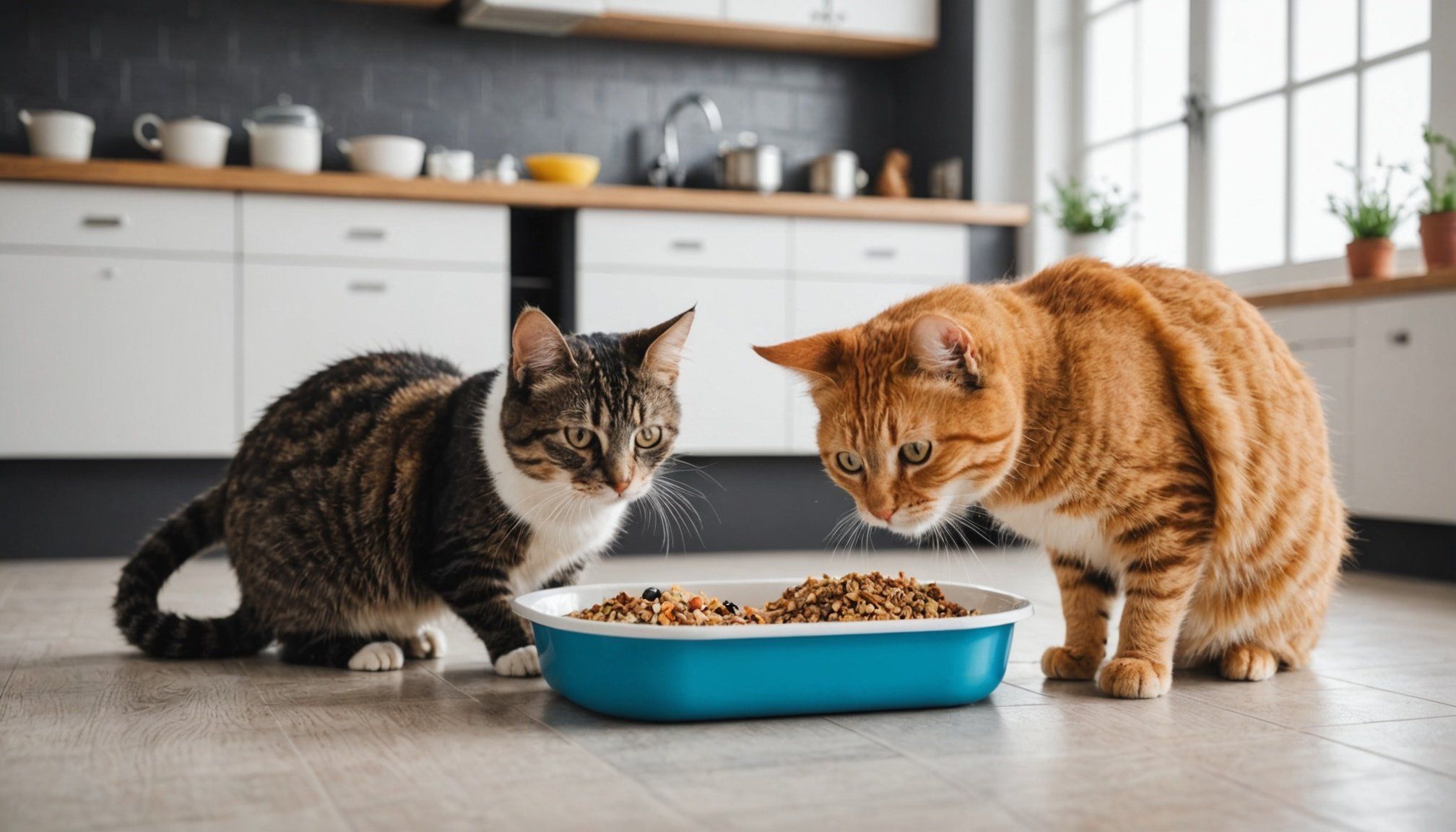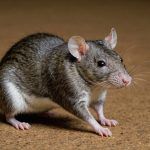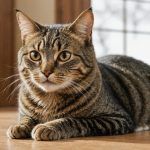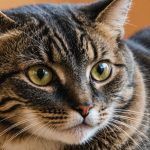Creating the Ideal Feeding Routine for Your Multi-Cat Household
Managing a household with multiple cats can be a delightful but challenging experience, especially when it comes to feeding. Each cat has its own unique needs, preferences, and personalities, making it crucial to establish a well-organized and tailored feeding routine. Here’s a comprehensive guide to help you navigate the complexities of feeding your feline family.
Understanding the Needs of Your Cats
Before diving into the specifics of feeding, it’s essential to understand the individual needs of each cat in your household.
Topic to read : Enhance your indoor cat”s natural hunting abilities: proven strategies for better health and joy
Age and Life Stage
Different life stages of cats have distinct nutritional requirements. For example:
- Kittens: Need a high-calorie diet rich in protein and fat to support their rapid growth and development.
- Adult Cats: Require a balanced diet that maintains their weight and overall health.
- Senior Cats: May need a diet adjusted for lower energy needs and potential health issues such as kidney disease or arthritis[3].
Health Conditions
Some cats may have specific health conditions that require special diets. For instance:
Also to discover : Recognizing Feline Diabetes: Key Symptoms and Effective Management Strategies
- Diabetic Cats: Need a diet that helps manage their blood sugar levels.
- Cats with Food Allergies: Require hypoallergenic diets to avoid triggering allergic reactions.
Body Weight
Monitoring the body weight of your cats is crucial. Overweight or underweight cats need adjusted feeding schedules to achieve and maintain a healthy weight.
Organizing the Feeding Schedule
A well-organized feeding schedule is key to ensuring each cat gets the right amount and type of food.
Setting Up a Feeding Routine
Here are some steps to help you set up an effective feeding routine:
Meet and Greet
Before starting the feeding routine, it’s important to meet each cat and understand their personalities and eating habits. This initial meeting can help you identify any specific needs or preferences[1].
Feeding Frequency
Decide on the frequency of meals. Some cats prefer multiple small meals throughout the day, while others are content with two main meals.
- Free Feeding: Leaving food out all the time can lead to overeating and weight issues. It’s generally recommended to avoid free feeding, especially in multi-cat households.
- Scheduled Feeding: Feeding at set times helps maintain a healthy weight and reduces competition among cats.
Food Type and Quality
Choose high-quality cat food that meets the nutritional needs of your cats. Consider the following:
- Dry Food: Convenient and helps maintain dental health, but ensure it’s not the only option.
- Wet Food: Provides higher moisture content, which is beneficial for urinary health and can be more palatable.
- Food Puzzles: Engage your cats mentally and physically by using food puzzles, which can help reduce boredom and overeating.
Using Technology to Your Advantage
Modern technology can significantly simplify the feeding process in a multi-cat household.
Automated Feeders
Automated feeders with RFID technology can ensure each cat gets the right amount of food at the right time.
- Example: The One RFID Pet Feeder allows you to program up to 10 meals or snacks per day and uses an RFID tag on the cat’s collar to ensure only the intended cat can access the food[2].
Managing Different Dietary Needs
In a multi-cat household, it’s common to have cats with different dietary needs.
Individualized Feeding
Here are some tips for managing individualized feeding:
Keep Records
Keep detailed records of each cat’s eating habits, preferences, and any health issues. This can help you adjust their diets accordingly.
- Example: Note the amount of food each cat eats, any changes in appetite, and stool quality.
Separate Feeding Areas
To avoid competition and stress, feed each cat in a separate area.
- Tip: Use different rooms or areas of the house to feed each cat, ensuring they have their own space.
Specialized Feeders
Use specialized feeders that can be programmed to feed each cat according to their specific needs.
- Example: Mangeoires électroniques individuelles can be programmed to feed each cat at specific times and in specific amounts[1].
Ensuring Adequate Water Intake
Hydration is as important as nutrition for your cats.
Providing Multiple Water Sources
Ensure there are multiple water sources available to encourage drinking.
- Tip: Place water bowls in different locations around the house to make water easily accessible.
Water Fountains
Consider using water fountains, which can make drinking more appealing to cats.
- Example: Some cats prefer running water, so a water fountain can encourage them to drink more.
Monitoring Health and Adjusting the Diet
Regular monitoring of your cats’ health is crucial to ensure the feeding routine is effective.
Regular Check-Ups
Schedule regular check-ups with your veterinarian to monitor the health of your cats.
- Tip: Discuss any changes in appetite, weight, or overall health with your veterinarian to adjust the diet as needed.
Adjusting the Diet Based on Health
Be prepared to adjust the diet based on the health status of your cats.
- Example: If a cat develops kidney disease, the veterinarian may recommend a special diet to manage the condition.
Practical Tips and Advice
Here are some practical tips to make feeding your multi-cat household smoother:
Create a Feeding Schedule Table
| Cat’s Name | Age/Life Stage | Health Conditions | Feeding Frequency | Food Type | Special Instructions |
|---|---|---|---|---|---|
| Whiskers | Kitten | None | 3-4 times a day | Kitten food | Feed in a quiet area |
| Fluffy | Adult | Diabetic | 2 times a day | Diabetic cat food | Monitor blood sugar levels |
| Mittens | Senior | Kidney disease | 2 times a day | Senior cat food | Ensure easy access to water |
Use Food Puzzles to Reduce Boredom
Food puzzles can help reduce boredom and overeating by challenging your cats to work for their food.
- Example: Fill food puzzles with your cat’s favorite treats or kibble to keep them engaged and active.
Keep the Feeding Area Clean
Ensure the feeding area is clean and free from stressors.
- Tip: Clean the feeding bowls and area regularly to prevent bacterial growth and keep your cats healthy.
Quotes and Insights from Experts
-
“Each cat is unique, and what works for one may not work for another. It’s crucial to understand the individual needs and personalities of your cats to create an effective feeding routine.” – Cat Care Expert
-
“Automated feeders with RFID technology can be a game-changer in multi-cat households. They ensure each cat gets the right amount of food at the right time, reducing stress and competition.” – Pet Tech Reviewer
Creating an ideal feeding routine for your multi-cat household requires careful planning, attention to detail, and a willingness to adapt. By understanding the individual needs of each cat, using technology to your advantage, and ensuring adequate hydration and health monitoring, you can provide a healthy and happy environment for your feline family.
Key Takeaways
- Understand Individual Needs: Each cat has unique dietary needs and preferences.
- Use Technology: Automated feeders and food puzzles can simplify and enhance the feeding process.
- Monitor Health: Regular check-ups with your veterinarian are essential to adjust the diet as needed.
- Keep it Clean: Maintain a clean feeding area to prevent health issues.
By following these guidelines, you can ensure that your multi-cat household is well-fed, happy, and healthy. Remember, every cat is different, so be patient and flexible as you find the perfect feeding routine for your feline friends.











